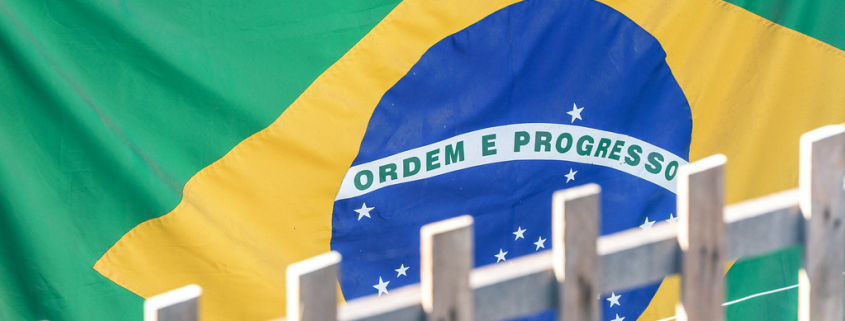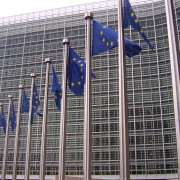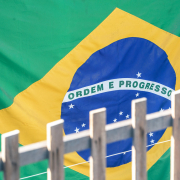The Ministry of Agriculture, Livestock and Supply (MAPA) opened a public consultation on key proposals in the area of crop protection. Participation is free for all interested parties and is open until 11th April.
Ordinance 31 opened a consultation period for the creation of the National Plan for Prevention and Surveillance of Moniliophthora roreri (PNPV/Monília). This initiative will integrate the National Program for the Prevention and Surveillance of Absent Quarantine Pests (PNPV). Monilia is a fungus not yet present in the country that causes serious damage to cocoa crops, causing losses of 50% to 100%.
Another public consultation is foreseen in Ordinance 33, which refers to the pest, Lobesia botrana, a moth that mainly attacks vines and will also be included in the National Program for the Prevention and Surveillance of Absent Quarantine Pests (PNPV-PQA).
The PNPV-PQA was launched in July 2019 to ensure surveillance and research in order to prevent the entry of 20 priority quarantine pests that are not yet present in the country, which were selected jointly by Embrapa and the ministry. In all, the official list has about 700 species, including fungi, insects, bacteria, viruses, nematodes and weeds.
The entry of pests in Brazil can occur via the movement of people, animals and goods, or through the transportation of infested plants, fruits or seeds. One of the facilitating factors is the considerable length of the Brazilian border, which is 15,791 kilometers.
Two public consultations on programs to combat pests already present in the country were also opened. Ordinance 30 refers to the creation of the National Program for the Prevention and Control of European Cancer (PNCE), which is caused by the neonectria fungus that attacks apple trees in Paraná, Santa Catarina and Rio Grande do Sul.
Meanwhile, Ordinance 32 has submitted, to public consultation, a proposal to create a normative instruction to establish criteria and procedures for the classification and maintenance of the phytosanitary status of the states related to HLB (Greening), which has reached orange groves, mainly in the state of São Paulo.
Source: Agropages
Image source: “Brasil” by ruifo is marked with CC BY-NC-SA 2.0.



